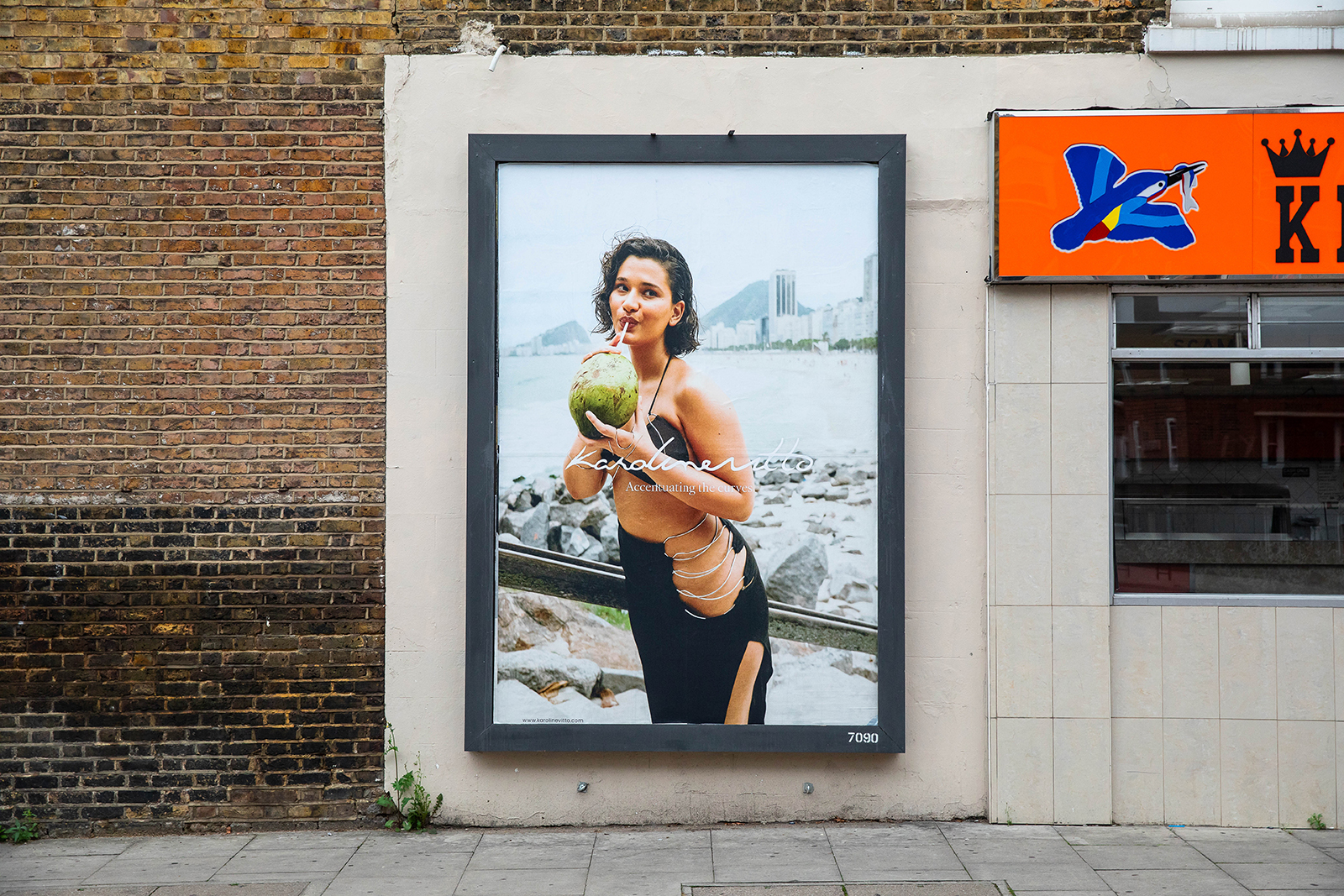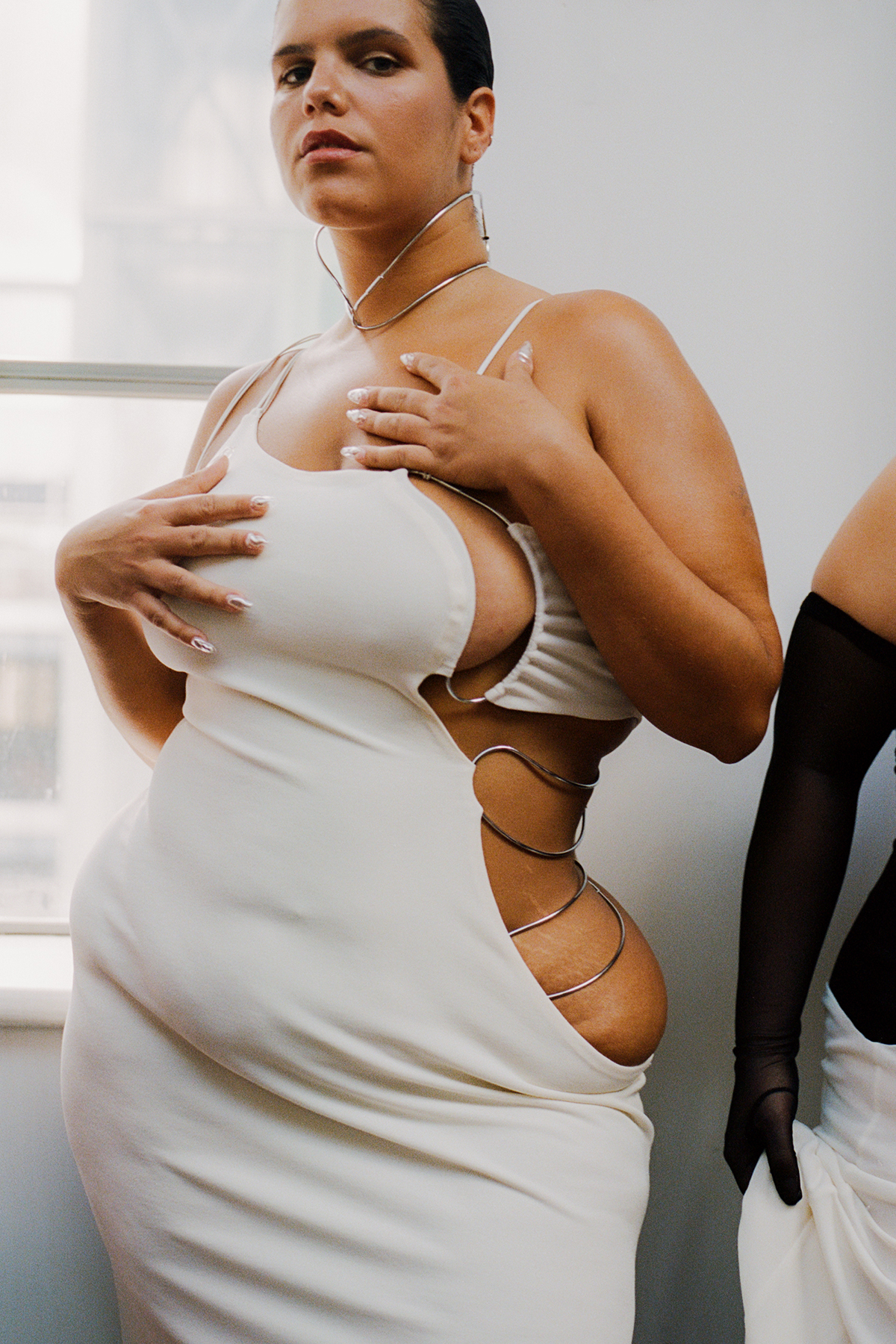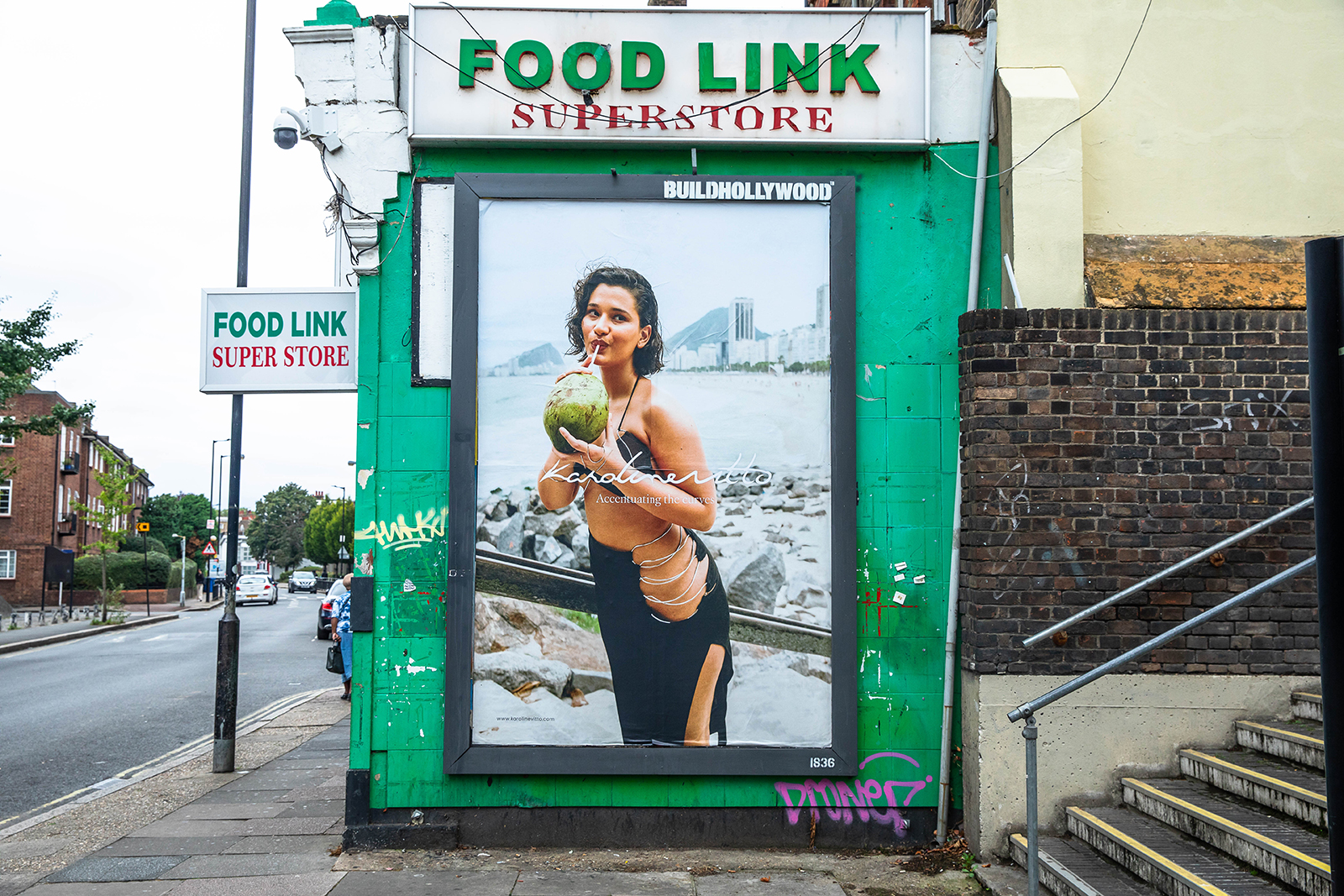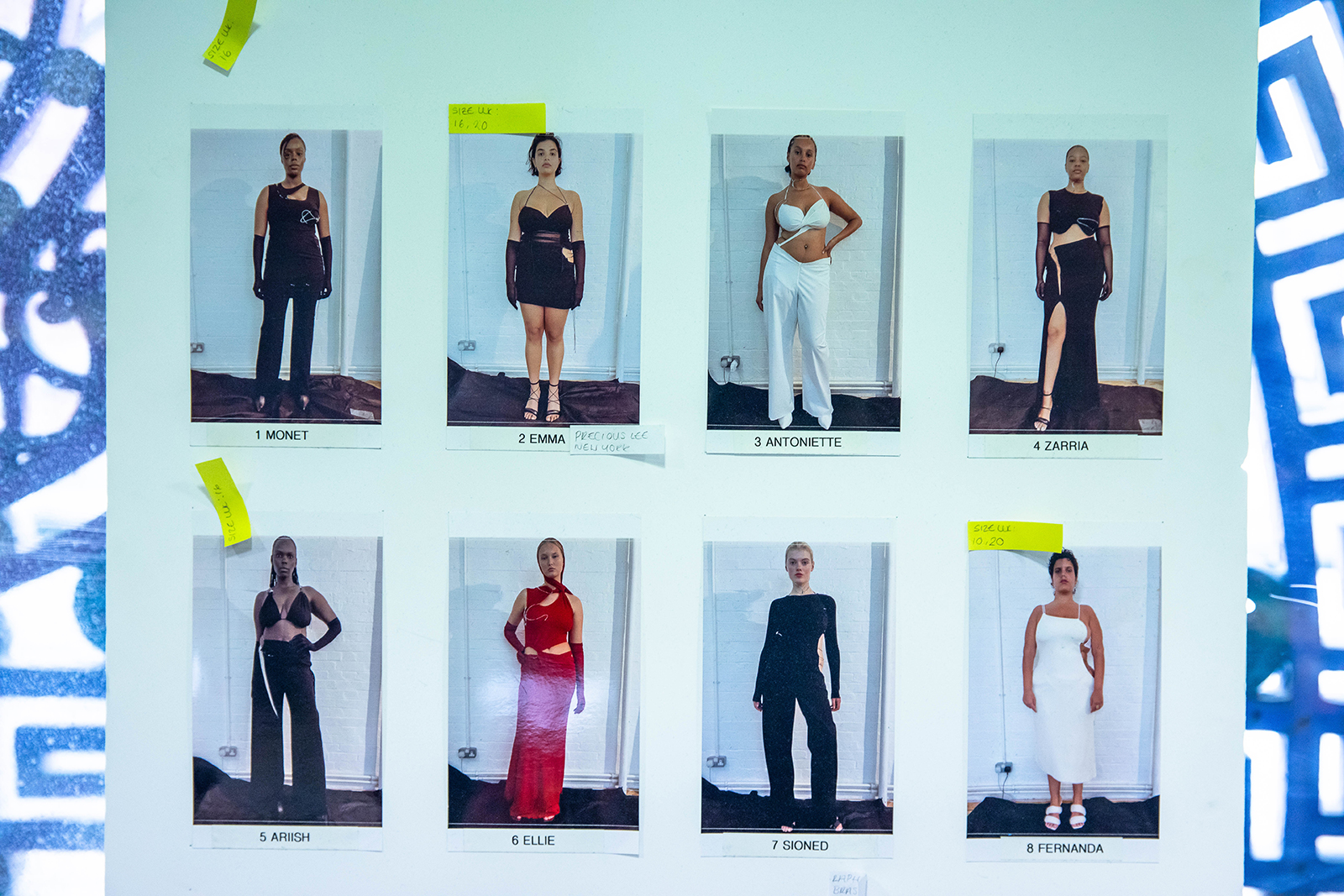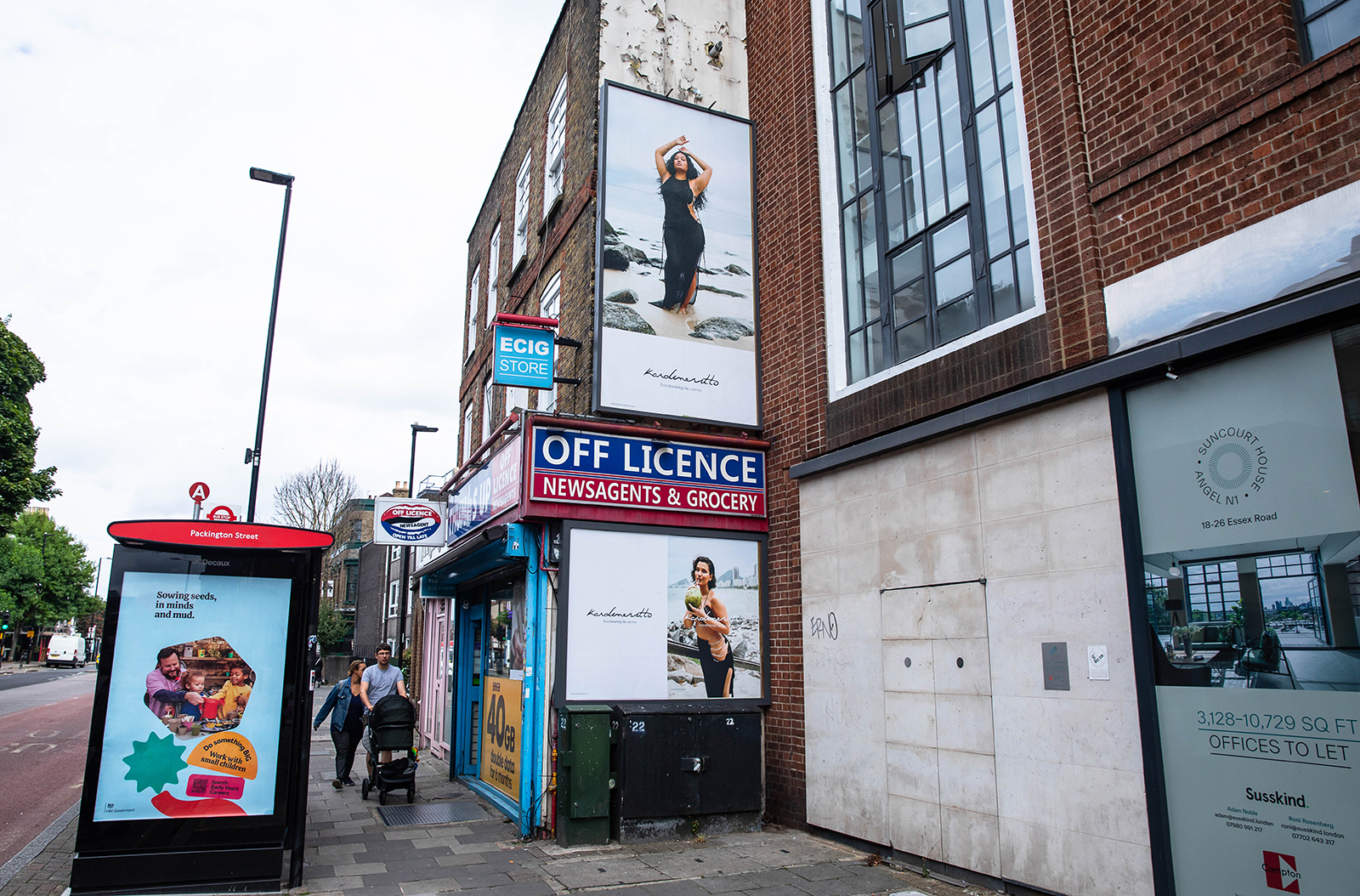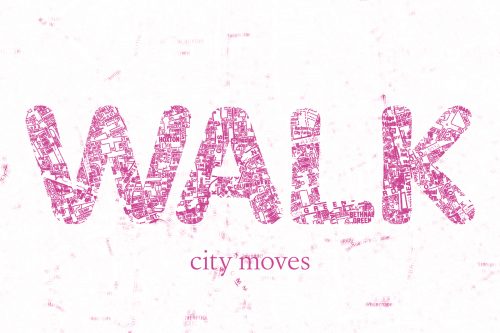Your Space Or Mine
Karoline Vitto is the Brazilian designer unafraid to champion the parts of ourselves that are usually hidden
The London based designer known for ‘accentuating curves’ talks to us about her journey and latest collaboration with BUILDHOLLYWOOD.
Every so often a newer designer appears on the scene that garners a lot of attention, but sometimes the excitement is hard to sustain for a brand starting out. A few years ago designer Karoline Vitto presented her graduate collection and proved to be a name that would be glued to the lips of London’s fashion community for a long time. Four years since her brand was first launched, she is still a pioneering talent and setting a new standard for her generation. When we speak, she is kind, patient and has the sort of assertive energy you could expect from someone running a successful, tight ship.
Born in Brazil and currently based in London, Vitto’s journey into fashion was not typical of those around her in the Brazilian countryside town of Caçador. Surrounded by a family immersed in the craft – her grandfather a cobbler and her grandmothers adept at sewing – Vitto’s early exposure to the hands-on creation of garments sparked her fascination with the art of making. Her childhood in the 90s, during a time when Brazilian fashion was dominated by unattainable beauty standards epitomized by models like those on Victoria’s Secret runways, led her to question the narrow definitions of beauty and to eventually carve out her own path in the industry.
Moving to London in 2016 to study at Central Saint Martins, Vitto sought a more creative approach to fashion education, a stark contrast to the technical focus she experienced in Brazil. Her time in London not only shaped her design philosophy but also solidified her commitment to creating garments that celebrate every body type. Vitto’s work is characterized by its focus on inclusivity and her dedication to representing real women – sampling on a size 16 or larger, and extending her sizes up to 4XL. For Vitto, designing for a variety of body types was never an afterthought; it was a fundamental aspect of her brand’s identity from the very beginning.
15.09.24
Words by







